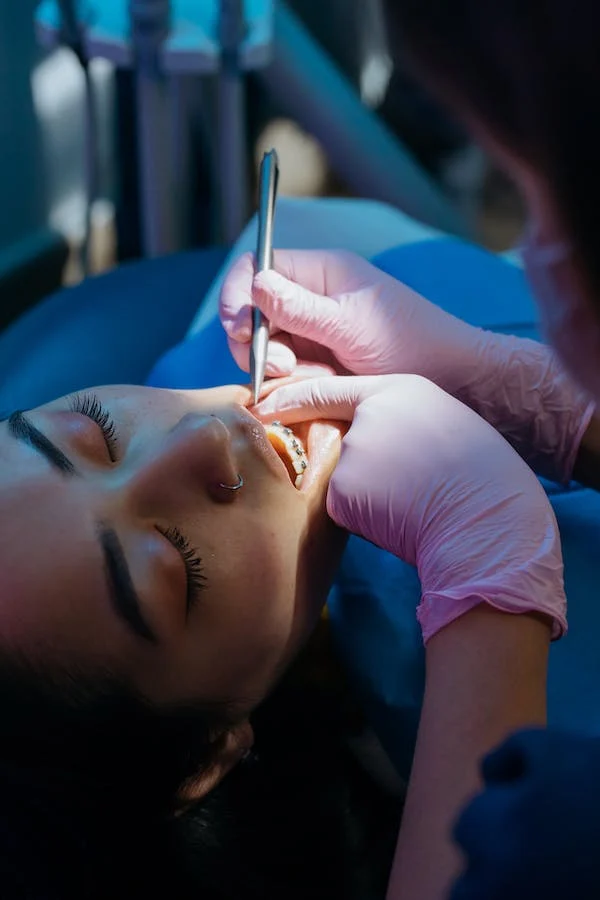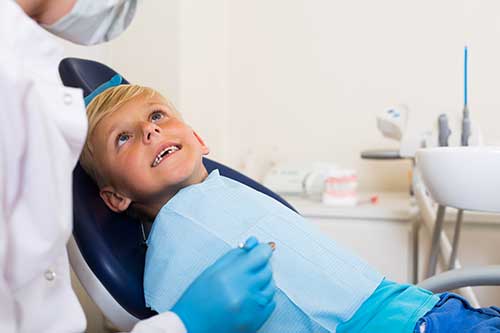The Only Guide to Legacy Orthodontics
Table of ContentsThe Facts About Legacy Orthodontics RevealedThe Only Guide for Legacy OrthodonticsThe Legacy Orthodontics DiariesAbout Legacy OrthodonticsNot known Incorrect Statements About Legacy Orthodontics
In enhancement, we supply adjustable treatment timetables, versatile settlement options and a fun, satisfying experience.An orthodontist is a dentist trained to detect, protect against, and treat teeth and jaw irregularities. Orthodontists function with people of all ages, from children to grownups.
Malocclusion, or misaligned teeth, can lead to dental problems, consisting of dental caries, periodontal disease, and tough or uncomfortable chewing. However not everyone is born with straight teeth. If you have a bad bite or large spaces between your teeth, you might want to speak with a dentist focusing on orthodontic treatment.
Legacy Orthodontics - An Overview
( Photo Credit Score: DigitalVision/Getty Images) Orthodontists utilize dealt with and removable dental tools, like braces, retainers, and bands, to change the setting of teeth in your mouth. Orthodontic treatment is for oral irregularities, consisting of: Crooked teethBite troubles, like an overbite or an underbiteCrowded teeth or teeth that are too much apartJaw misalignmentThe goal of orthodontic treatment is to improve your bite.
A healthy bite guarantees you can eat, chew, and talk appropriately. While you could believe of orthodontists as mainly for kids or young adults that require braces, they can correct oral troubles at any age. Orthodontists go to college, oral school, and orthodontic college. After college graduation, they spend 2 or 3 years in an orthodontic residency program.
, but not all dental professionals are orthodontists. They focus on 2 areas: Exactly how to properly and safely relocate teeth How to effectively lead development in the teeth, jaw, and faceOnce an orthodontist has actually finished training, they have the option to come to be board certified.
The Basic Principles Of Legacy Orthodontics
Misalignment, or malocclusion, is one of the most typical reason individuals see an orthodontist. It is genetic and is the outcome of size differences between the top and reduced jaw or in between the jaw and teeth. Malocclusion causes tooth overcrowding, an irregular jaw, or irregular bite patterns. Malocclusion is typically treated with: Your orthodontist affixes metal, ceramic, or plastic square bonds to your teeth.
Some individuals require a headgear to aid relocate teeth into line with stress from outside the mouth. A retainer is a custom-made tool that keeps your teeth in place.
They're most frequently used on kids. They can produce added area in the mouth without having to draw teeth. If you have a serious underbite or overbite, you may need orthognathic surgical treatment (additionally called orthodontic surgery) to extend or reduce your jaw. Orthodontists utilize wires, surgical screws, or plates to support your jaw bone.
You may require to see an orthodontist if you have: Crowding or not enough space for all of your teethOverbite, when your top teeth come over your base teethUnderbite, when your bottom teeth are also far forwardSpacing or problems with gapsCrossbite, which is when your top teeth fit behind your base teeth when your mouth is closedOpen bite or a vertical space in between your front bottom and top teethMisplaced midline, when the center of your base and upper teeth do not line up Correcting a dental malocclusion can: Make attacking, chewing, and talking easierImprove the proportion of our face and your general appearanceEase pain from temporomandibular joint disordersSeparate your teeth and make them easier to clean, assisting prevent tooth decay or tooth cavities It's commonly a Clicking Here dentist that first notices misaligned teeth throughout a regular examination.
All About Legacy Orthodontics

During your very first orthodontic examination, you'll likely have: A dental examPhotos taken of your face and smileDental X-raysPanoramic (360 degree) X-rays of your face and headImpressions to create mold and mildews of your teethThese examinations will certainly aid your orthodontist understand exactly how to wage your therapy. orthodontics. An orthodontist is a dentist who's had training to treat your teeth and jaw
An orthodontist is concentrated on your bite, so something like a broken tooth would be dealt with by a dentist. Orthodontists are concentrated on your bite, or the way your teeth fit together, and the straightness of your teeth.
Ever before wondered just how celebs constantly appear to have perfectly aligned teeth? Orthodontists are dental professionals that concentrate on remedying irregularities in the teeth and jaws.
Not known Facts About Legacy Orthodontics

While dental braces are one of the most generally acknowledged orthodontic treatment, orthodontists have a varied toolkit at their disposal. The details approach chosen relies on the extent of the situation, the patient's age, and specific choices. These tried-and-true dental braces use a system of braces bound to the teeth and connected by wires.
Clear aligners, like Invisalign, are a popular option for patients looking for an extra very discreet therapy alternative. These detachable trays are custom-made to progressively move the teeth's position. Headgear may be utilized in combination with braces or aligners to use added targeted forces, particularly for correcting jaw discrepancies. In instances of narrow jaws, palatal expanders can be made use of to create space for correct tooth positioning.